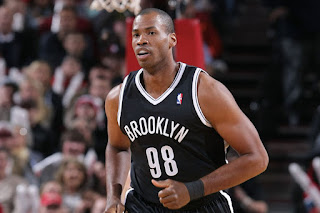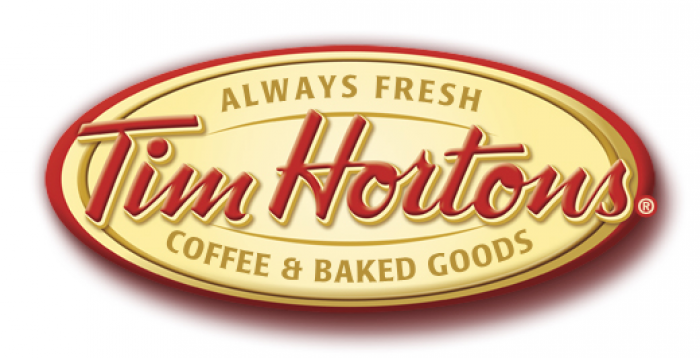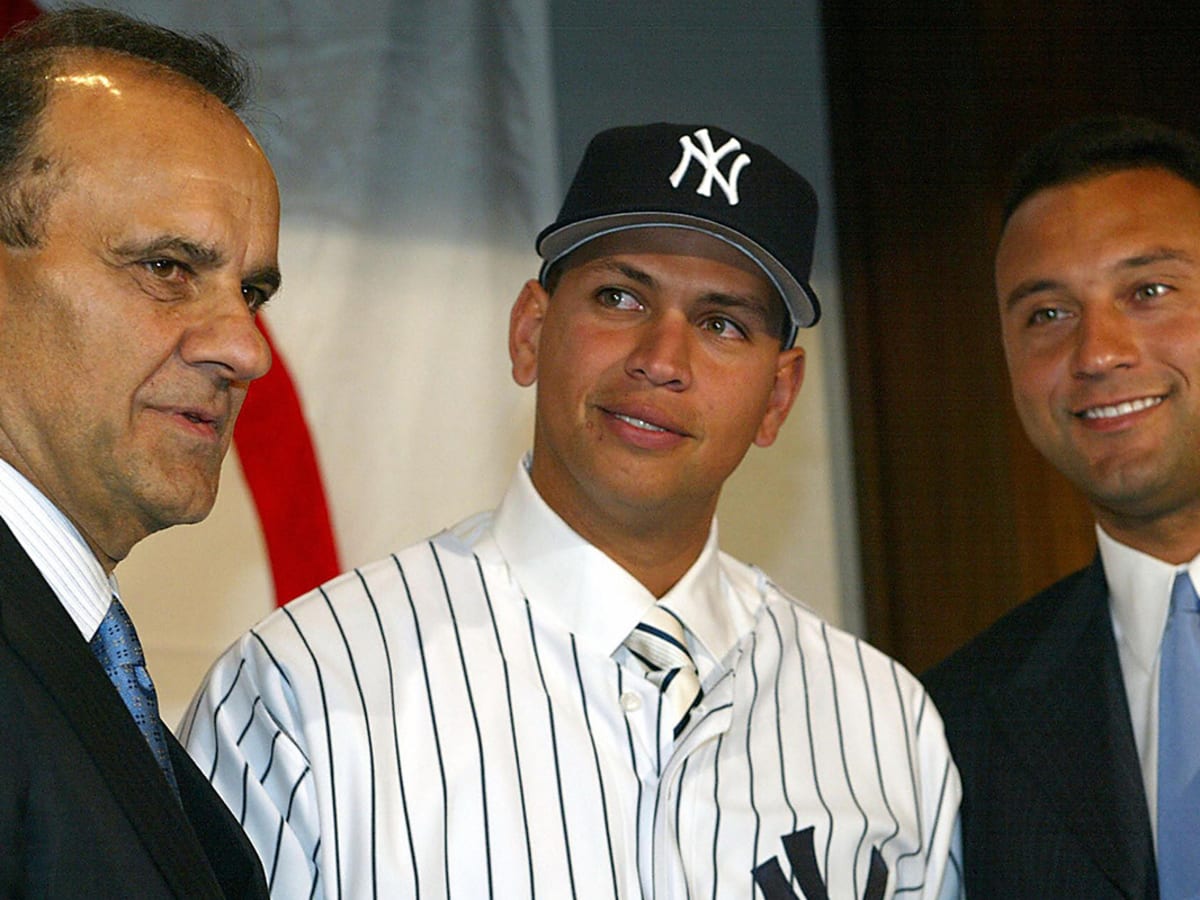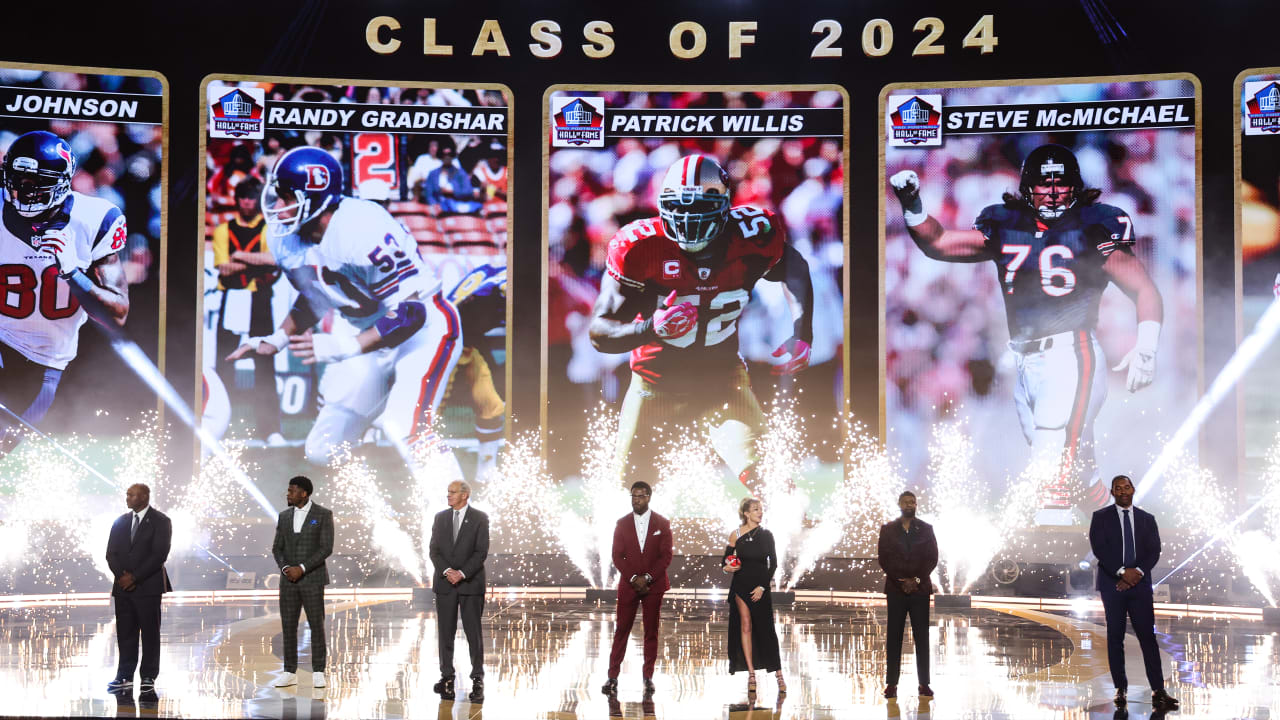February 25, 1964, 60 years ago: The Miami Beach Convention Center hosts a fight for the Heavyweight Championship of the World.
Neither fighter is popular. The Champion is Charles "Sonny" Liston, who had won the title in 1962, by knocking out the popular Floyd Patterson in the 1st round, then doing it again in the rematch. Liston was big, moody, nasty-looking, had served 2 years in prison for armed robbery, and wasn't exactly friendly with the media, or with anyone else.
The challenger is Cassius Clay. On the surface, the 22-year-old Clay seemed like the perfect antidote. He had won a Gold Medal for America at the 1960 Olympics in Rome. He was a stylish fighter, already known for "dancing" in the ring. He made himself accessible to the media, predicting the round in which he would knock out his opponent (and frequently turning out to be right), and reciting poetry made up on the spot. He may have been the original battle-rapper.
And he was a good-looking guy. As he said himself, comparing himself to Liston, "He's too ugly to be the world's champ! The world's champ should be pretty, like me!"
Still, a lot of people didn't like Clay. They saw him as a young upstart, a braggart, an egomaniac. The native of Louisville, Kentucky was nicknamed the Louisville Lip. If he'd been white, they might have called him "the Mouth of the South." Being black didn't help: Lots of white people didn't like that a black man was talking so big. Liston was also black, so bigots didn't like either man.
An interviewer asked Clay what percentage of the fans were coming to see him, as opposed to coming to see Liston. He said, "Well, 100 percent are coming to see me, but 99 percent are coming to see me get beat. Because they think I talk too much."
Liston was 35-1 as a professional fighter, his only loss a split decision 10 years earlier. His last 3 fights, including his dethroning of Patterson and a rematch with him, had all ended in 1st-round knockouts. Twice, he had beaten rising contender Cleveland Williams, in a total of 5 rounds. He had knocked out rising contender Zora Folley in the 3rd round. Of his last 8 fights, only 1 had gone beyond the 4th round.
The Las Vegas oddsmakers posted 8-1 odds in Liston's favor. Hardly anybody was willing to publicly say that Clay would win.
But Clay was sure he could. He had been trained to believe that by his trainers, Angelo Dundee and Drew Brown. Brown -- whom Ali always called "Bodini," a variation on his middle name, Bundini -- gave the boxing starlet his first big quote:
Float like a butterfly,
sting like a bee!
The hand can't hit
what the eye can't see!
Sometimes, to psych Clay up, Brown would look him in the eye, and, together, they would yell, "Float like a butterfly, sting like a bee! Ahhhh! Rumble, young man, rumble! Ahhhh!" Clay was telling people, "I am the greatest!" Brown was telling him, "Born the champ in the crib!" Dundee wasn't yelling or creating quotes, but he and Brown were both getting him ready.
So when the fight with Liston for the title came, everyone wanted to know when he was going to knock out Liston. He said:
For those of you unable to watch the Clay-Liston fight, here is the 8th round, exactly as it will happen:
Clay comes out to meet Liston, and Liston starts to retreat!
If Liston backs up any further, he'll end up in a ringside seat!
Clay swings with his left! Clay swings with his right!
Look at young Cassius carry the fight!
Liston keeps backing, but there's not enough room!
It's just a matter of time: There! Clay lowers the boom!
Liston crashes through the roof with a terrible sound!
But the ref can't start counting until Sonny comes down!
Liston disappears from view! The crowd is getting frantic!
But our radar stations have picked him up: He's somewhere over the Atlantic!
Who would've thought when they came to the fight
that they'd witness the launching of a human satellite!
The crowd did not dream when they put down their money
that they would see a total eclipse of the Sonny!
Like Star Wars character Han Solo, this was a man you would never tell the odds. He'd tell anyone who would listen, especially Liston, "If you'd like to lose your money, be a fool and bet on Sonny!"
Clay was in Liston's head, citing his appearance, his courage, and his age: "You're 40 years old, if a day, and you don't belong in the ring with Cassius Clay!" (Like Archie Moore, whom Clay had demolished in 4 rounds, 2 years earlier, nobody really knew how old Liston was. Officially, he was 31, but nobody believed he was that young.) Sportswriter Bert Sugar, who knew more about boxing than any man alive, said, "Liston could handle anything except crazy people. And Clay, then his name, struck Liston as a crazy person."
For those of you unable to watch the Clay-Liston fight, here is the 8th round, exactly as it will happen:
Clay comes out to meet Liston, and Liston starts to retreat!
If Liston backs up any further, he'll end up in a ringside seat!
Clay swings with his left! Clay swings with his right!
Look at young Cassius carry the fight!
Liston keeps backing, but there's not enough room!
It's just a matter of time: There! Clay lowers the boom!
Liston crashes through the roof with a terrible sound!
But the ref can't start counting until Sonny comes down!
Liston disappears from view! The crowd is getting frantic!
But our radar stations have picked him up: He's somewhere over the Atlantic!
Who would've thought when they came to the fight
that they'd witness the launching of a human satellite!
The crowd did not dream when they put down their money
that they would see a total eclipse of the Sonny!
Like Star Wars character Han Solo, this was a man you would never tell the odds. He'd tell anyone who would listen, especially Liston, "If you'd like to lose your money, be a fool and bet on Sonny!"
Clay was in Liston's head, citing his appearance, his courage, and his age: "You're 40 years old, if a day, and you don't belong in the ring with Cassius Clay!" (Like Archie Moore, whom Clay had demolished in 4 rounds, 2 years earlier, nobody really knew how old Liston was. Officially, he was 31, but nobody believed he was that young.) Sportswriter Bert Sugar, who knew more about boxing than any man alive, said, "Liston could handle anything except crazy people. And Clay, then his name, struck Liston as a crazy person."
In the 1st 4 rounds, Clay danced around the ring, and Liston hardly laid a glove on him. With advantages in height, reach and speed, Cassius messed Sonny's face up. Liston knew he was in trouble, and that cheating might get him out of it. In the 5th, he got his glove into Clay's eye, and suddenly, Clay started blinking. He couldn't see. And Liston finally started landing punches.
When Clay got back to his stool, he was, for the first time in his boxing career, scared. He told Dundee, "I can't see! Cut the gloves off!"
History -- that of boxing, and that of American culture -- hung in the balance at that moment. Everything this boxing contender would become, and everything he would come to mean to anyone, might not have happened.
Dundee saw a white powder on Clay's glove, from where he'd wiped it out of his eye. Dundee washed Clay's eyes out, and, acting as "bad cop" to Brown's "good cop," told him that he was too close to winning the title to give up now. He told Clay to use his great footwork to stay out of Liston's way until his eyes cleared, and then go after him again.
He did. The film shows Clay pretty much dancing away from Liston's blows in the 5th and 6th rounds. Late in the 6th, Clay's eyes cleared, and he resumed his methodical demolition of Liston's face.
The bell rang for the 7th round, and Clay was ready to finish the job. Liston decided that, his cheating unsuccessful, the job was finished. He quit on his stool. Cassius Clay was the Heavyweight Champion of the World.
On the surviving TV broadcast, he can be heard yelling, "I just knocked out Sonny Liston, I don't have a mark on my face, I just became the world's champ, and I'm only 22 years old! I must be the greatest! He wanted to go to heaven, so I knocked him out in seven! I am the king of the world! I'm pretty! I'm a bad man! I shook up the world! I shook up the world! I shook up the world!"
Certainly, he'd thrilled the world. But the shakeup was yet to come.
"I'm young, I'm handsome, I'm fast, I'm pretty, and can't possibly be beat!"
As it turned out, there was one man who could beat Cassius Clay. He even wiped him out of existence. And his name was Muhammad Ali.
Over the next 10 years, the world would change tremendously, and Ali would be one of the reasons why. He would become perhaps the most hated man in America, including by many people who would have been expected to be among his biggest fans. But times would change, and the general perception of him changed with them. When he won the title for the 2nd time, on October 30, 1974, he would be the most popular man in the world.

